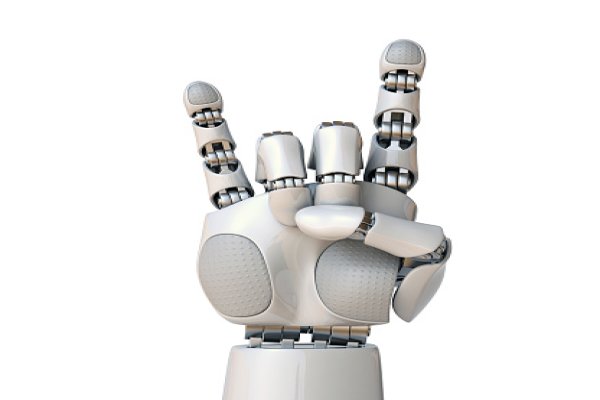Robots still heavily depend on hand-crafted programming to carry out their duties, whereas humans tend to find verbal communication the most natural way of expressing themselves.
Microsoft has been striving to create a new reality where natural human-machine interactions are achievable using OpenAI’s advanced AI language model, ChatGPT.
How Can Chatbot Technology Help Your Business?
The team intends to use the platform’s aptitude for creating clear, accurate answers to various prompts and inquiries to evaluate if ChatGPT can go beyond text comprehension and employ reasoning about the physical world about robot-related tasks.
Our goal is to make it simpler for people to interact with robots without having to master intricate programming languages or knowledge regarding robotic systems.
A major hurdle for language models powered by AI is the ability to address issues that consider the laws of physics, the context of their operational setting, and how physical actions on behalf of robots can alter the state of reality.
Despite the capabilities of ChatGPT, it requires assistance to reach its full potential. To this end, Microsoft has created design principles such as unique prompting structures, high-level application programming interfaces (APIs), and text-based human feedback. These models are intended to direct language models to accomplish robotic tasks.
The company is bringing out PromptCraft, an open-source platform that allows individuals to distribute examples of prompting tactics for multiple robotic categories.
By applying the design principles, scientists can modify and use ChatGPT’s expertise to control different robot forms for multiple purposes.
The team could employ the language model to tackle mechanical problems and more complicated robot deployments in manipulation, airborne, and navigation.
Microsoft’s recent project of training its large language model, ChatGPT, to control robots marks a significant advancement in artificial intelligence. By leveraging the language model’s ability to understand and generate human-like responses, Microsoft has created a platform that can seamlessly communicate with robots, providing them with more nuanced and sophisticated commands.
This development has far-reaching implications for various industries, including manufacturing, healthcare, and transportation. With the ability to control robots more effectively, businesses can increase efficiency, reduce costs, and improve safety.
Source: @IntEngineering



